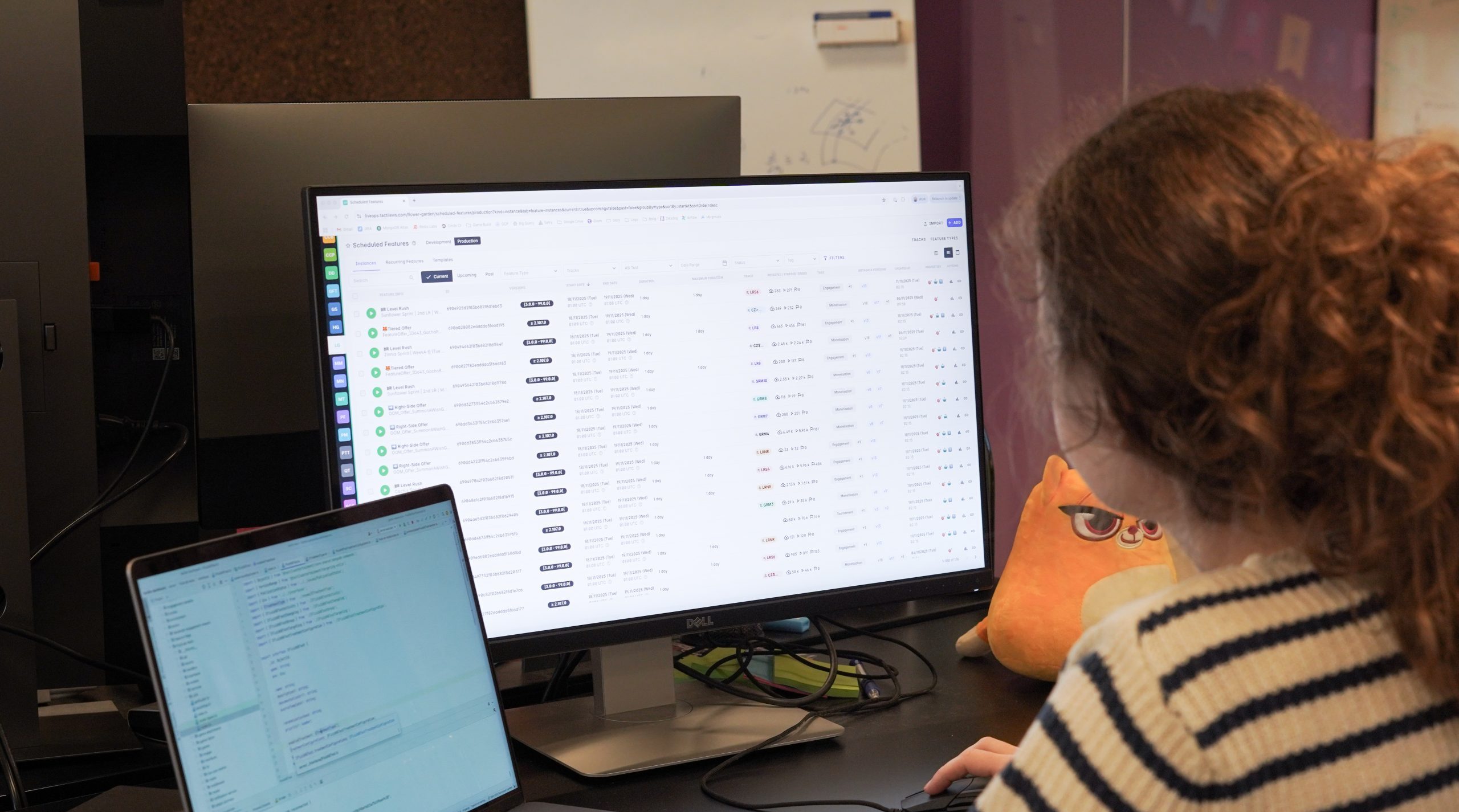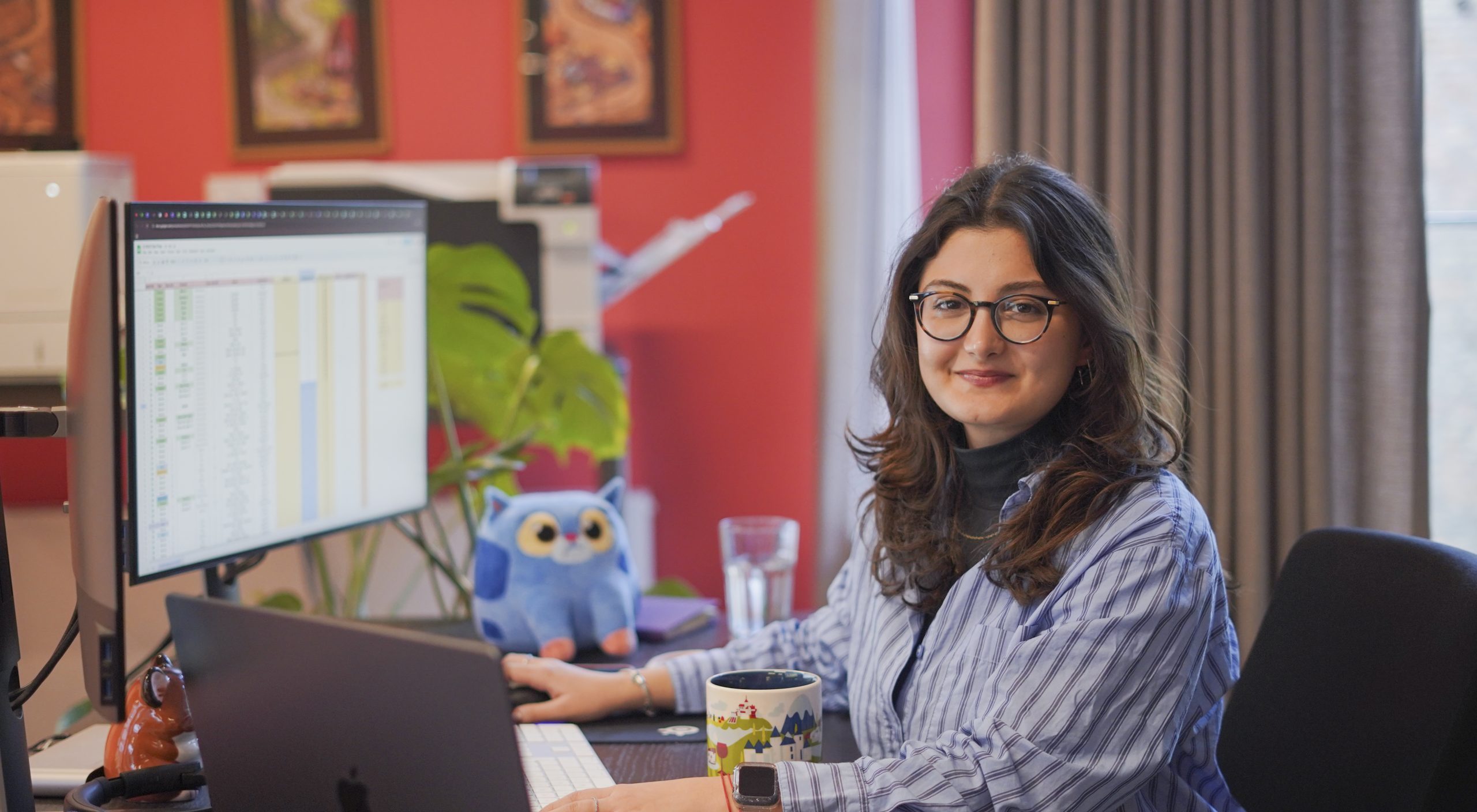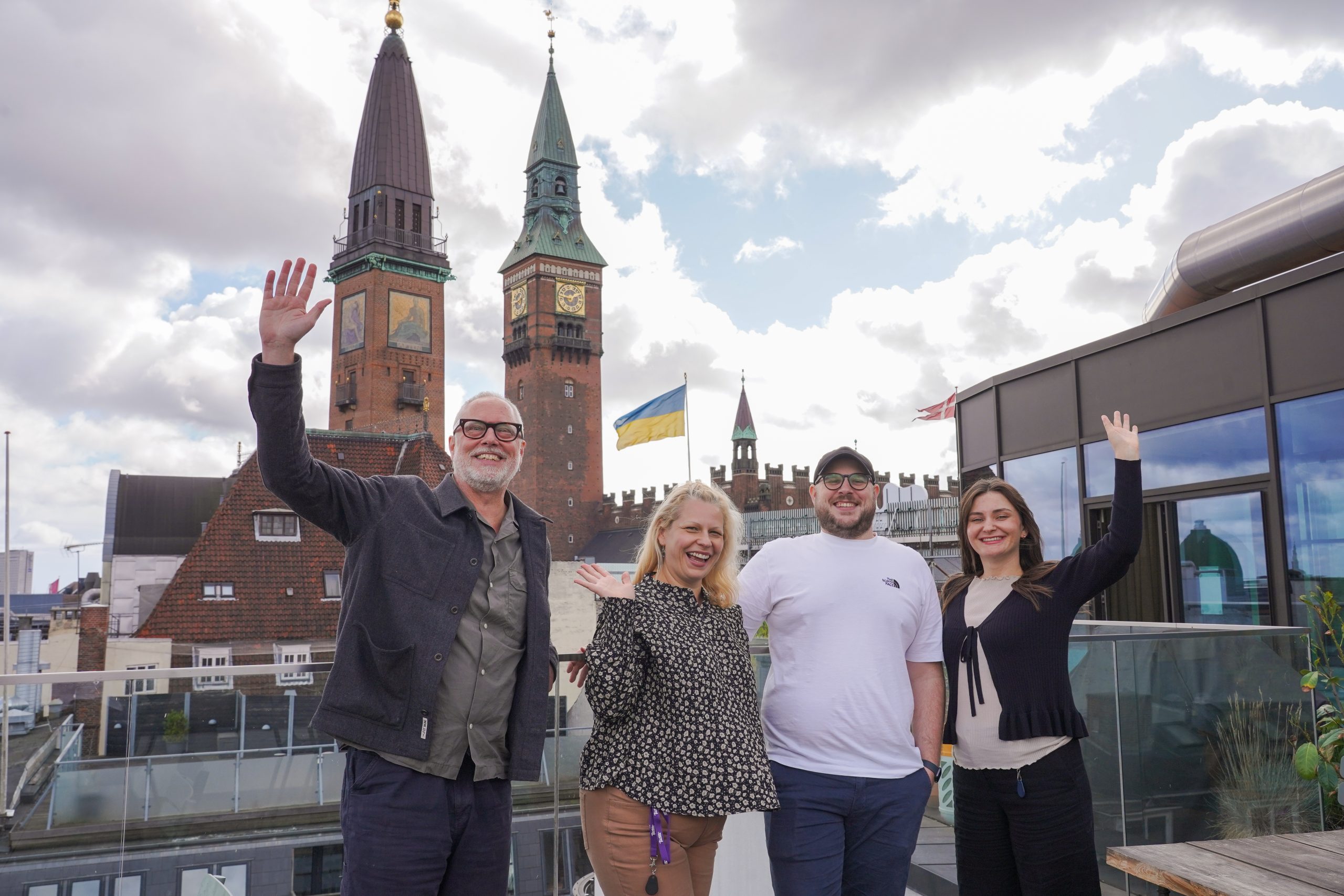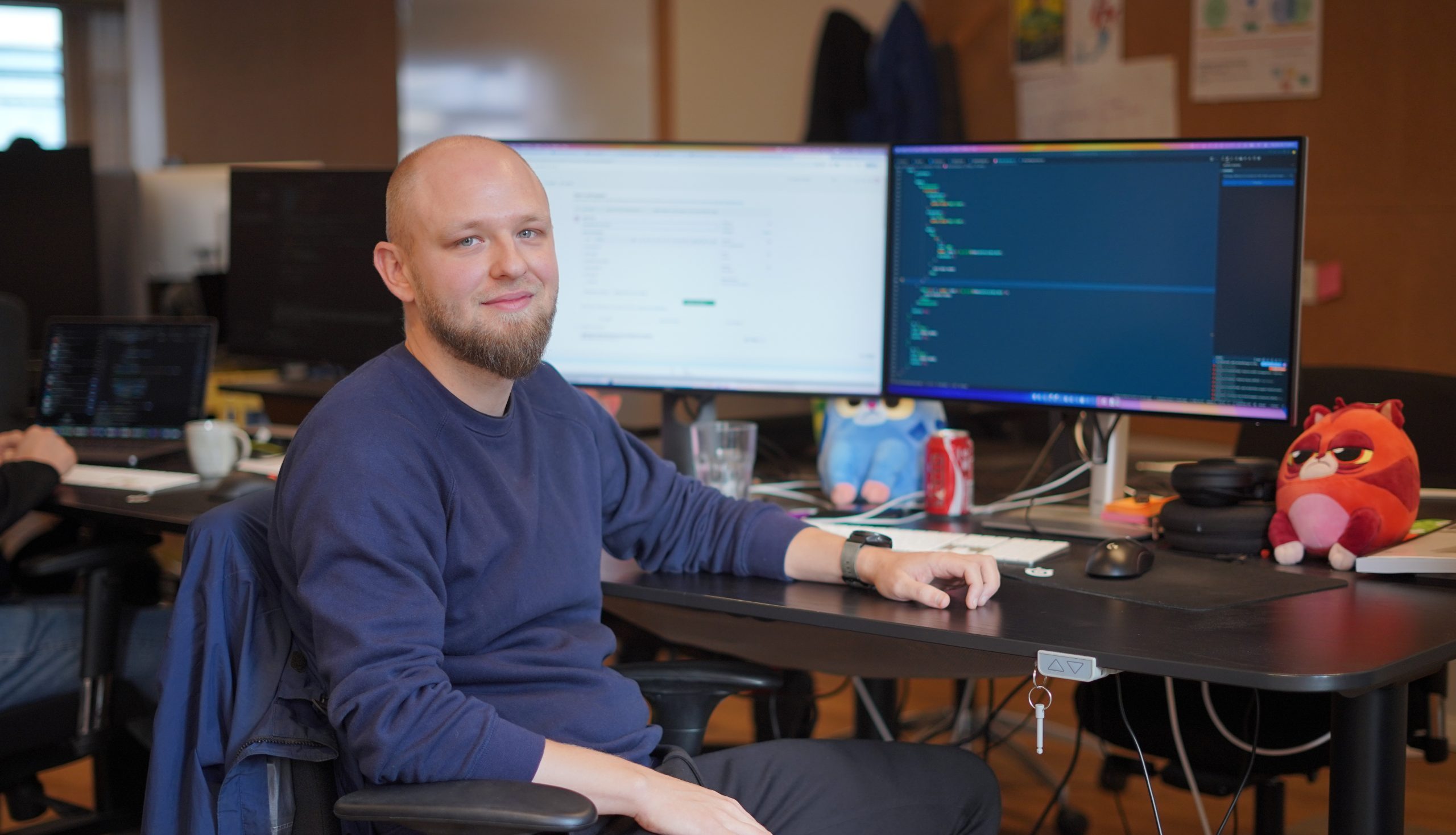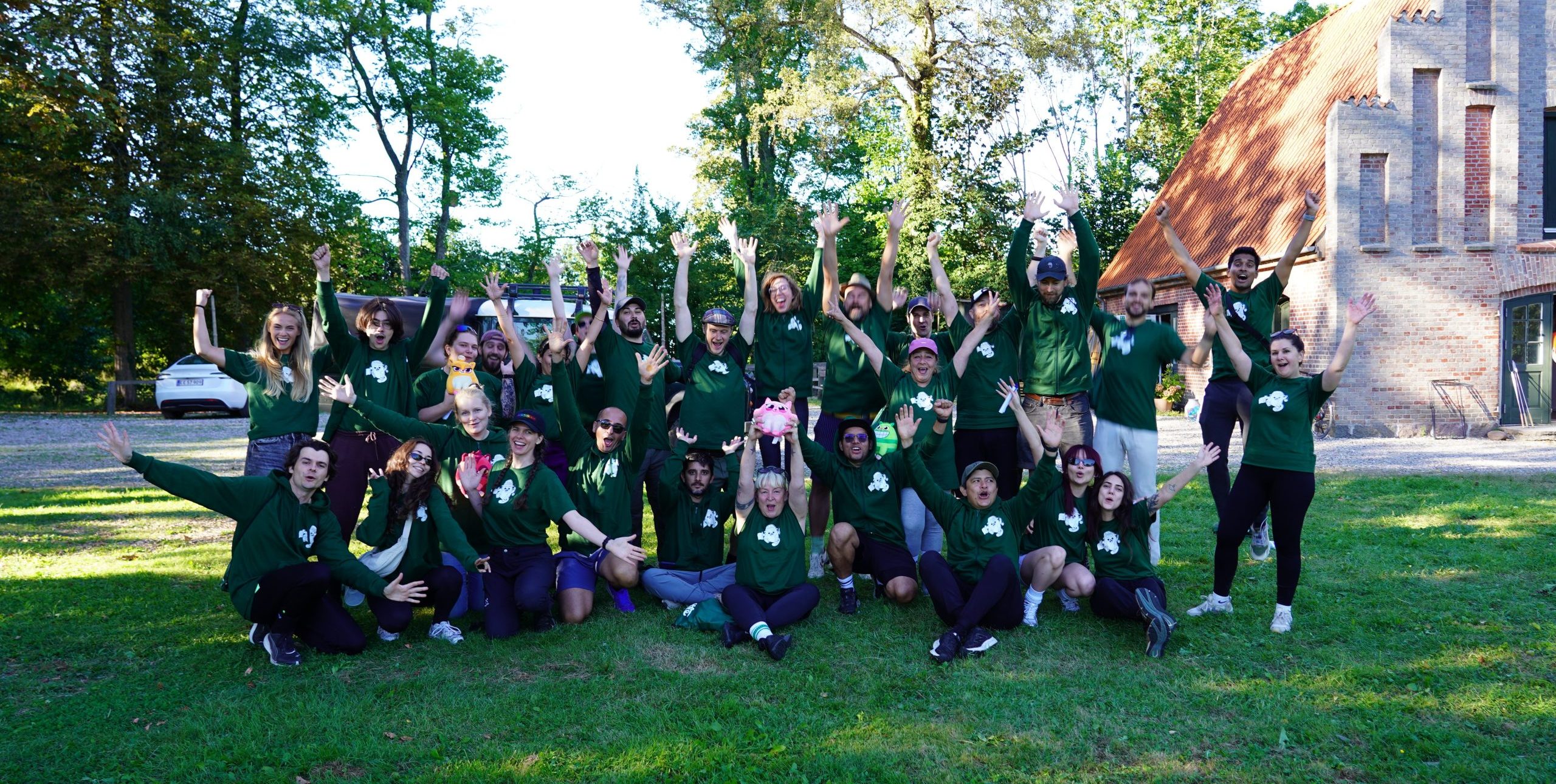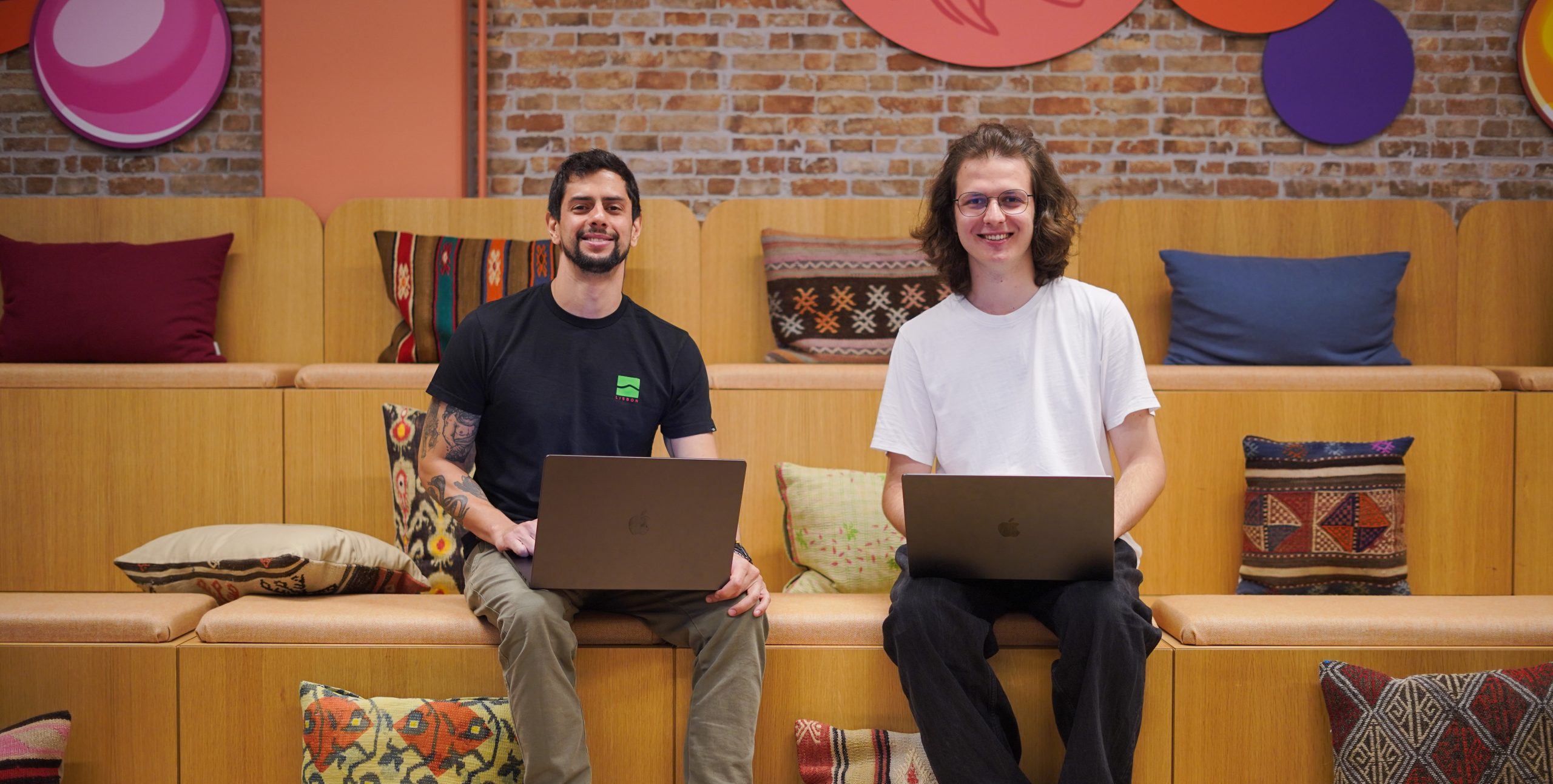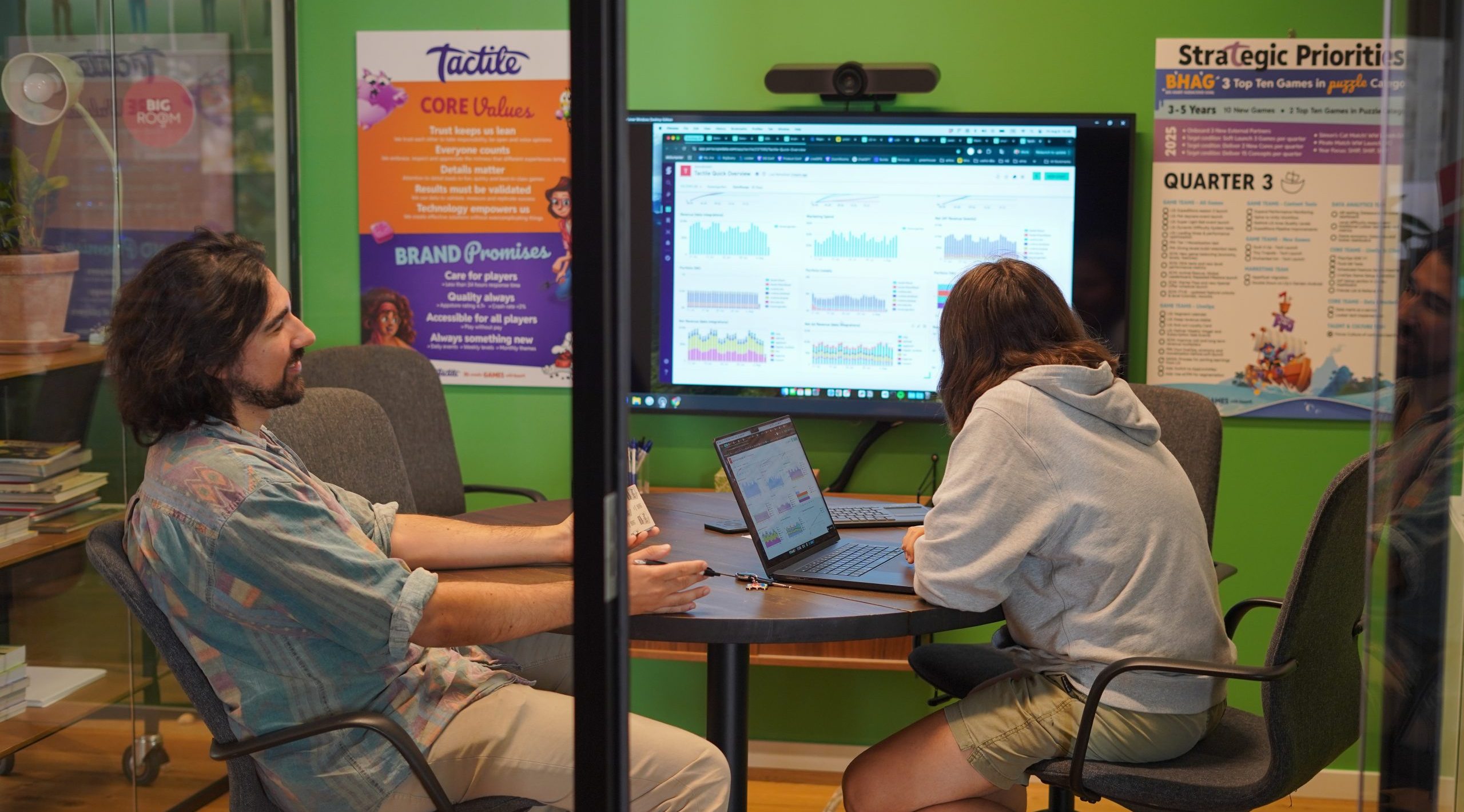The Balancing Act: The Power of Player Engagement and Game Economy in Mobile Games
Live operations (LiveOps) in mobile games have become a huge trend in the past years. We see many mobile gaming studios trying to make their game(s) look as live as possible by shipping as many new events as possible. For reference, when we launched Lily’s Garden, the general trend in the market and competition in terms of event diversity a game offers was not that high. Now, at least in casual mobile gaming, the leading games are producing at least 1 new LiveOps event per month! It has become a key differentiating factor for both engagement and monetisation – which are both deeply affected by in-game economy.
We sat down with Alberto and Mateus, both members of our LiveOps team, to dive deeper into the topic of live game operations. Why are companies spending so much time and resources focusing on this? How has Tactile approached reaching LiveOps excellence in the past years? And more – read below!
The three pillars of live game operations
Besides making the game feel alive, LiveOps make a game look new, fresh and cared-for, and most of all, they challenge the players in their routines by providing them with a variety of gaming experiences. And the impact goes even further than that. When players engage with different events, they are rewarded for their ‘new’ behaviours, which ties into the economy aspect of the game. This variety of events on top of the core gameplay and storyline (like in Lily’s Garden) engages the player in different timelines, throughout the day, multiple days, a month or even an entire season, which ties into the monetisation aspect of the game.
And so this brings us to the main 3 pillars of LiveOps – engagement, game economy and monetisation. All three of these have key relevance in running a live game because they all feed off of each other. Alberto, our LiveOps Product Manager, explains:
“Engagement refers to the extent to which players remain invested in a game over time. It’s crucial that players progress through the main core game as well as the events they encounter; that they feel the desire to come back and play more, and of course, that they have fun! This is connected tightly to game economy because we need to maintain a healthy balance between the rewards players receive for completing events and the resources they need to be able to do so. And finally, monetization is important as it gives players the opportunity to acquire more resources to complete challenging levels and events.”
Let’s dive a little bit deeper into each individual pillar:
Engagement
Engagement plays a key role in creating a well-balanced gaming experience for players. This involves designing a meaningful event calendar offering a variety of features such as single-player events, tournaments and team-based events. By incorporating diverse event types, the game can appeal to a bigger variety of players, from those who enjoy the social aspects to those who thrive more in competition.
Retention is a key factor in a game’s long-term success, and so we need to ensure that players consistently come back and play more. Keeping the game fresh with new events, well-balanced challenges and personalized experiences helps to maintain interest and to prevent player churn.
Additionally, engagement enhances the player experience by aligning events with the overarching game themes. Our LiveOps team therefore also oversees the creation of visual assets, including new skins, season passes, and other in-game items. In close collaboration with game economy, engagement ensures that event difficulty and rewards are well-balanced, which in turn creates a fair and rewarding gameplay experience.
Game Economy
Economy is focused on the inner workings of events, rewards and offers. It looks into how often players use the rewarded items, how much these items impact their progress in the game, and based on that, how we can properly assess the value of these items for future event set-ups. These inputs and analyses are fed directly back into the engagement and monetisation configurations.
The challenge here is finding the right balance between how much we make different resources (such as coins, boosters, special items, etc.) available to players as event rewards versus how much these events push players to spend their resources. If it is too easy to complete events and claim rewards, then players are less likely to engage with offers and make in-app purchases, or they might in general feel discouraged to engage with the game.
Designing free and paid reward structures is therefore a key economy contributor towards incentivising player engagement and monetisation. It is crucial that the core game loop makes players understand the importance of using the in-game items and that playing with these resources is in fact a key part of the gameplay.
Monetisation
Monetisation gives the player the opportunity to acquire more resources which in turn enable them to complete levels and events. On our end, this means setting up a variety of offers and in-app purchases corresponding to the variety of players we have in our games. These offers and purchase options need to feel connected to the rest of the game, so sometimes they are linked to an in-game season or seasonal event, or they are tailored to a specific feature.
The challenge here is ensuring that these offers and sales are contextualized to the player needs and/or the situation they have found themselves in in the game (‘I’m out of moves and need 2 more moves to win this level, otherwise I lose my win streak and progress in all these events I’m participating in!’).
The balancing act
In their day-to-day work, Alberto, Mateus and the team are constantly trying to find the right balance between the three pillars.
Alberto, as the main Engagement expert on the team, is taking care of calendar scheduling, creating event content, overlooking the production of art assets required for events, as well as deciding on upcoming themes for seasonal events and their complementary season passes. In this process, he works with many stakeholders including LiveOps Managers, who set-up events and offers on our LiveOps dashboard, the creative teams, who make the art assets and implement them into the games, and data analysts, such as Mateus, who ensure our decision making is as data-driven as possible.
Two other big chunks of Alberto’s time are dedicated to monitoring key engagement KPIs, making sure that everything is running smoothly, and creating a strong calendar of events for our portfolio of games. The event calendar should be thoughtfully structured based on the variety of events available, their difficulty, and the rewards players receive at different times of the day or throughout the week. On top of this, he also gives feedback on new product features and new in-house tools currently in development, which help to make their work more efficient. New events always add more complexity to the LiveOps calendar, so it’s important to test thoroughly how they can fit into the existing portfolio of events, and how they impact the overall player experience. We are asking players to dedicate more time and effort to our game, potentially even spend some of their inventory, so it has to feel rewarding in the right way.
This is all a part of the balancing act that the LiveOps team is playing. When planning out the LiveOps calendar, it is important to understand the underlying implications of setting things up in a certain way, or what issues we might face further down the line. It is important to look deep into why certain events stop performing well after a certain period of time and whether how we set-up and balanced events in the past is still valid today, when we have a much larger selection of live events. It is crucial to understand both short and long-term effects of the decisions we make on the game and our players.
And this is where data analytics comes into play. ‘Results must be validated’ is one of our core company values and is in particular important to us because the gaming world is so complex, composed of many different areas and moving pieces. As the Game Economy analyst, Mateus is primarily responsible for tracking the general economy KPIs, such as inventory sizes, coin sink ratios, feature completion rates and resource usage based on different players profiles. His main focus is on finding data that justifies a certain event difficulty or reward. All this information is considered also in the context of monetisation and engagement with the purpose of finding and defining the most suitable feature balancing, offer content and pricing structure. The main goal is to keep the game challenging enough in terms of resource management, whilst also giving that rewarding feeling to the player.
Mateus elaborates: “The value of an item is measured by its impact on the difficulty of the game. So when we are setting the value of a booster, we think about things like: How much are players making use of the rewarded item? How much does this item impact player progressions? For example, if the player is given a bomb, it impacts how easy the level becomes for them. We can then translate this impact into coin and real monetary value, which we consider when we’re setting up monetisation offers and reward systems.”
The balancing act is therefore all about understanding how much the players use the items vs. how they play. Mateus’ day-to-day revolves around collecting data to support our decision making, as well as making analyses, investigations, testing hypotheses and monitoring the outcomes. For example, if we launch a 3 day feature which requires a player to play 200 game rounds, we want to understand how inventory (booster) usage ties into the players’ success in completing that feature. A lot of these learnings and changes in our LiveOps events are made based on well-designed A/B tests and experiments. We will often also test things such as making the economy tighter or looser based on people’s playing habits. All of this takes a lot of time, a lot of testing and a lot of iteration.
Reaching LiveOps excellence
Our LiveOps team was centralized in early 2024. This enabled us a wider and better overview of what is going on in terms of live game operations throughout our entire portfolio of games. It gives us a lot of opportunity to experiment within live games and try different events combined with different game mechanics. It has also allowed us to do more bold testing in smaller games. We then try to understand whether the results and learnings can be applied to a flagship game such as Lily’s Garden. Furthermore, this has given us the opportunity to create a solid starting structure to support new game releases.
Our LiveOps team is now a solid team of 15 Tactilers – 8 operational (focused on engagement, economy, monetisation and analytics) and 7 focused on development (UI, programming, design and QA), working fully in scrum. They have defined processes, flows and structures which allow them to work faster, more efficiently and it also gives them a great foundation to grow the team further in the future.
The biggest challenge they are facing right now is to keep growing in this adverse period for mobile gaming. It’s important to make choices and come up with innovative ideas that make us stand out from the intense competition in the market. And so, our big goal for 2024 and the years ahead was and is to reach LiveOps excellence. Thanks to our product team, we managed to release almost 1 new feature per month, which allowed us to have a richer and fuller LiveOps calendar. It also offered us a wider portfolio of events to choose from and to distribute throughout the year.
Tailored gaming experiences
The major focus for the future will be on improving our game economy and creating tailored player experiences. Having a well balanced game in terms of economy can be really tricky, especially when we are adding many new features. The focus for our LiveOps team now is to create a solid, but flexible structure, which will allow them to do their job even better.
With that in mind, creating more personalized gaming experiences is also something that is an extremely interesting topic. Mateus explains: “When we talk about player segmentation, there is always something vital about creating the right experience for the right player, because there is not a ‘one-fits-all’ solution in gaming. We have cutting edge technology and tools at Tactile, all built by our internal tech team from the ground up, which enable us to do things like create tailored player journeys.” The best part is that Alberto, Mateus and their team have the possibility to influence how these tools function and how they can be improved and extended to serve the team’s needs even better.
Both of these goals sound relatively straightforward, but there is a huge amount of complexity underneath. Making economy changes and adjusting player experiences has a massive and instant impact in the game, affecting hundreds of thousands of our players. Adding a new event, changing the LiveOps schedule or adjusting offer pricing points can instantly make our players perceive things differently and therefore behave differently – the impact is huge, and that can be both positive and negative, so they are things we need to be extremely mindful of.
Alberto adds: “In all LiveOps roles, you have your hands on many different titles, economies, systems and core game mechanics. We need to make thoughtful changes in all of them to improve our engagement, monetisation and economy efforts, as well as to improve overall player experiences. Luckily, making changes is heavily supported by strong internal teams – from both the development and analytics side – which not only helps us to move faster, but also supports better decision making.” This is why one of the keys to the LiveOps team’s success is strong cross-functional collaboration and communication. Everyone on the team has a voice and everyone’s input is required to start conversations and spark new ideas! Well argued ideas often become real projects and we always leave room for innovation – only when everyone on the team is pitching in, can we make the most optimal products and reach our goal of achieving LiveOps excellence.


